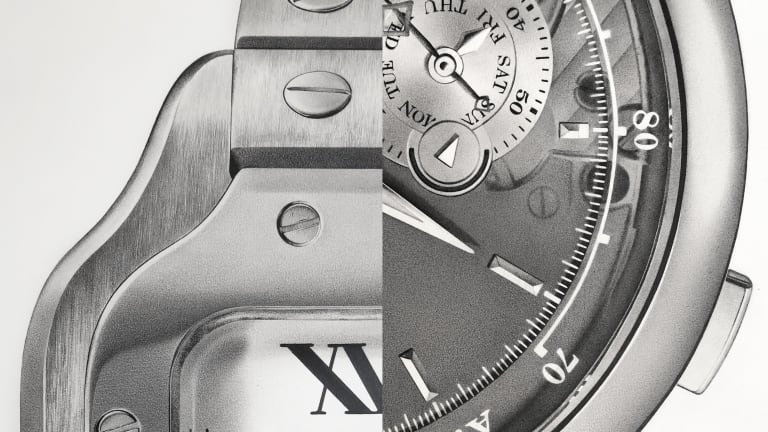

The first clue to that question lies in the statement by Walter Magnes Teller in his introduction to a later edition of Sailing Alone Around the World. On one reading of Around the World, I found myself marveling at the engraving of the timepiece, when it occurred to me to ask the question, “Is this a real clock at all?” I wasn’t sure if the sketch could be a whimsical representation of some generic model or an accurate representation of Slocum’s actual item. It is usually mentioned in chronicles of the great sailor’s exploits as Slocum’s Chronometer. Slocum’s tin clock intrigued me for some time, and I’m not alone. He didn’t need an iron steamer, a polished crew or a fine timepiece to do what had never been done before. Slocum’s statement was his amazing voyage and the equipment he chose to take with him. While he might have to give way to the new age, he was not going to concede without a statement. Modern technology was turning Slocum’s world around and turning him into a living anachronism.

He tells us, “If I doubted my reckoning after a long time at sea I verified by reading the clock aloft, made by the Great Architect, and it was right.” And the great sailor is referring to his use of the lunarian method, which was fast becoming a lost art. Slocum showed that even without his real chronometer, and so without any accurate sense of time, he was fully capable of determining his position on the globe. But he made his trip around the world in a re-built 37-foot oyster sloop at age 51, and the only chronometer he brought with him was a timepiece more suited to a nightstand in a landlocked city apartment. During that era, he had worked his way up through the maritime ranks with wits and courage, and he had retired with experiences and abilities that future generations would know little about. The age of working sail was winding down. Slocum’s clock was symbolic of his disdain for the way the world was going. Slocum wanted to show the world how an old salt could do the impossible and with less equipment than thought necessary for a far shorter foray, with far fewer crew. He used the tin clock to belittle the contemporary trend toward reliance on technology. Although he states that this was because his chronometer was in need of a $15 overhaul, it was really to make a point about himself and the state of seafaring at the time. He left his “real” chronometer on shore, and chose a cheap “tin” clock instead. But of all the interesting and telling parts of his fascinating story, Slocum’s choice of a timepiece stands out. He weathered storms, sickness, calms and hallucinations. He met famous people and fought off cannibals. Slocum’s well-known volume whimsically chronicles his three-year voyage, the first solo circumnavigation, between 18.

The price of it was a dollar and a half, but on account of the face being smashed the merchant let me have it for a dollar,” so says Joshua Slocum in Sailing Alone Around the World. To the editor: “At Yarmouth, too, I got my famous tin clock, the only timepiece I carried on the whole voyage.


 0 kommentar(er)
0 kommentar(er)
